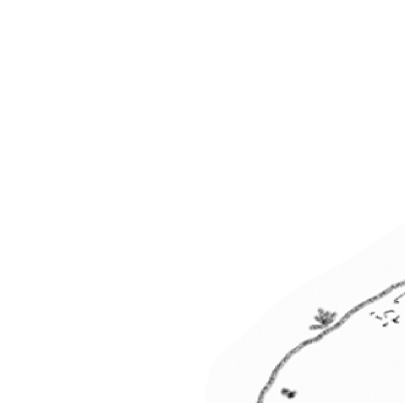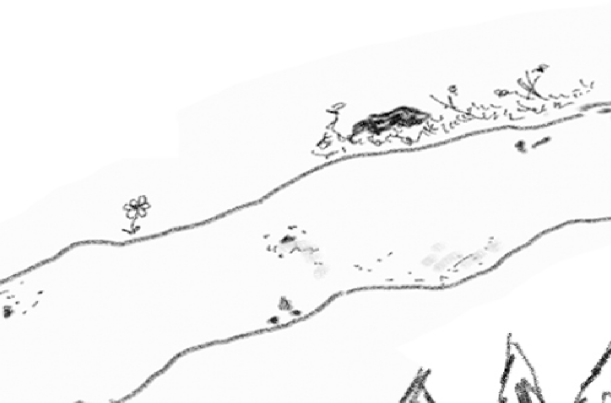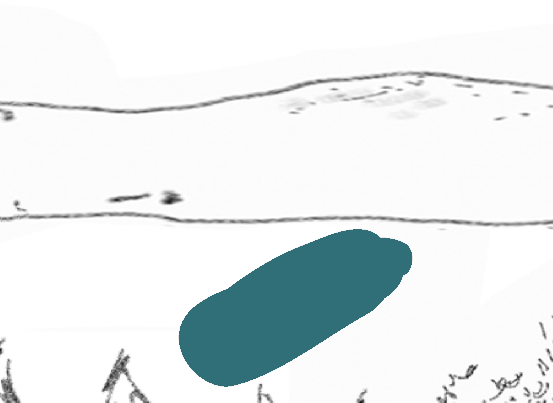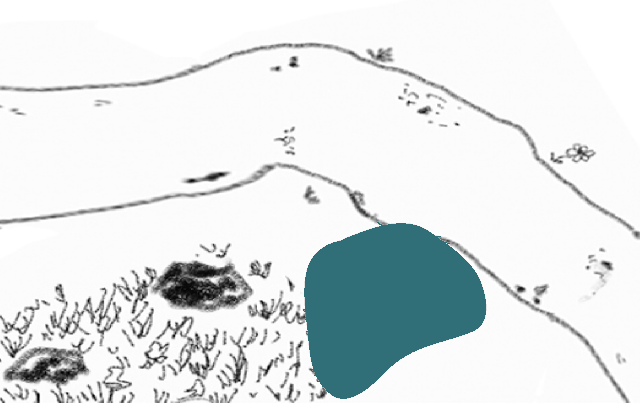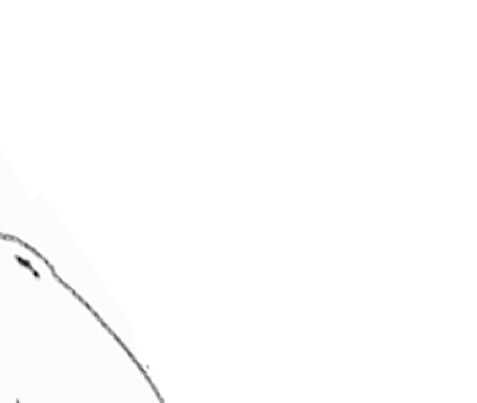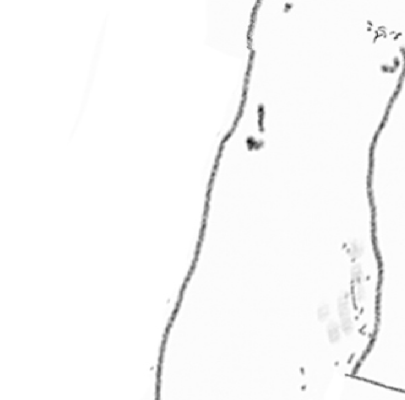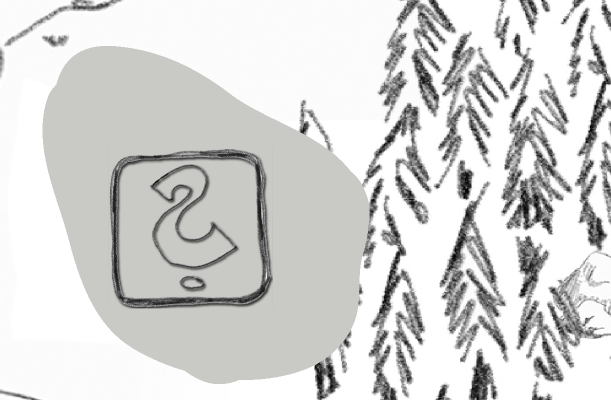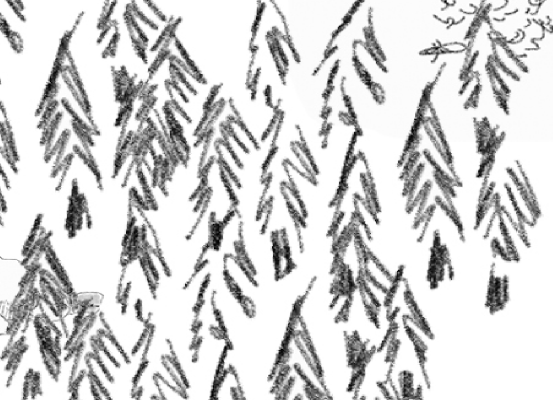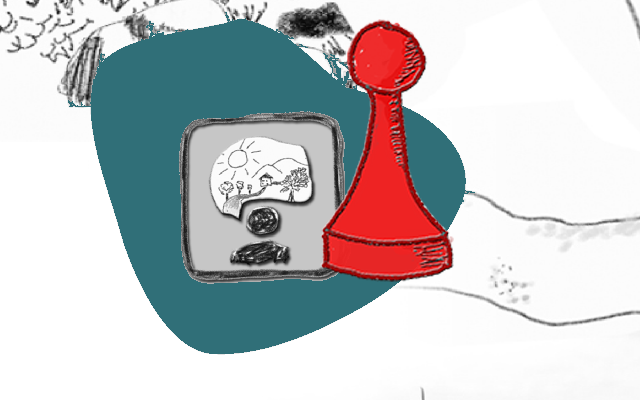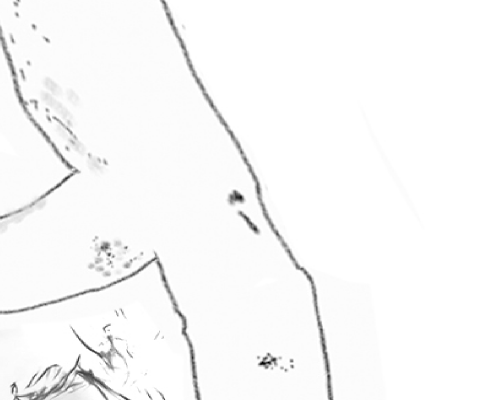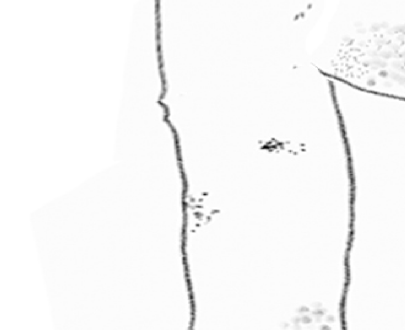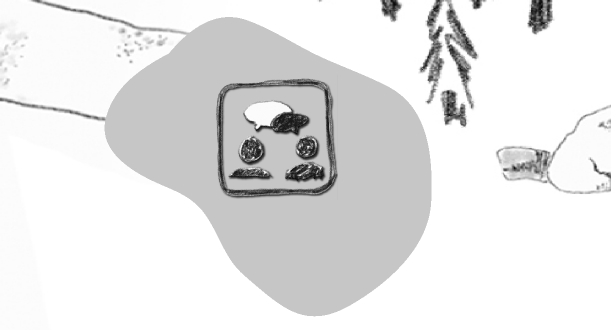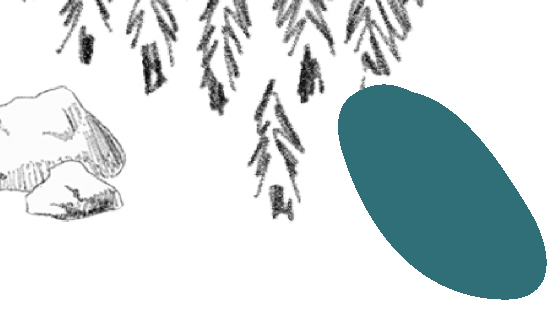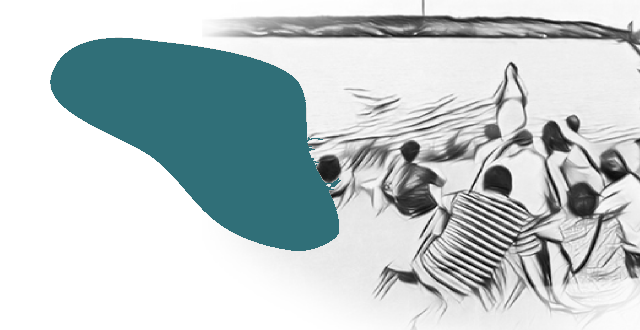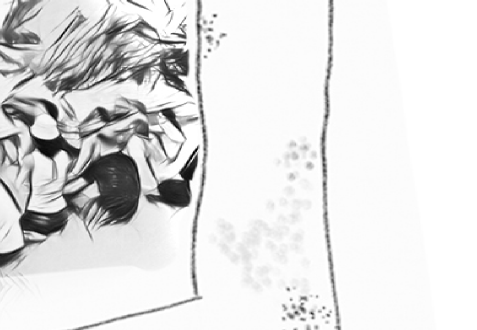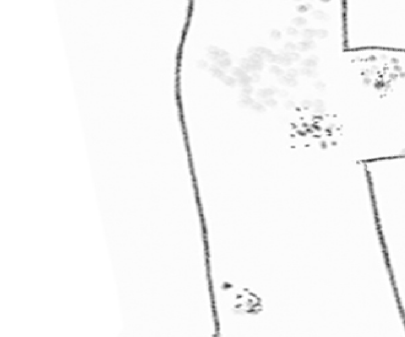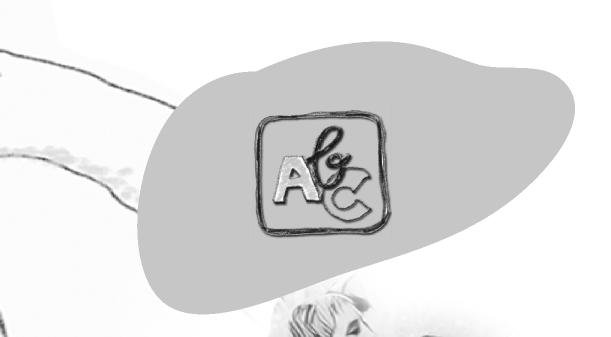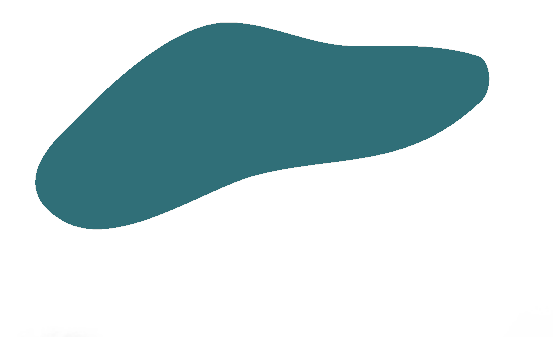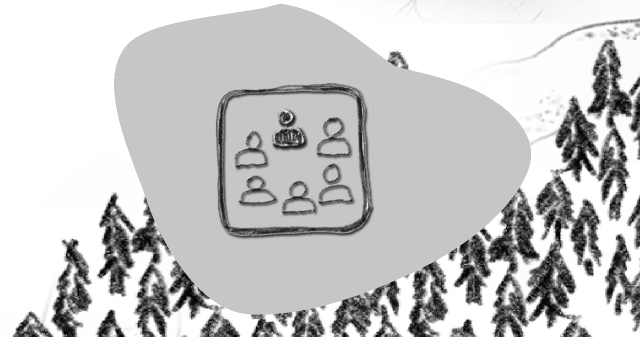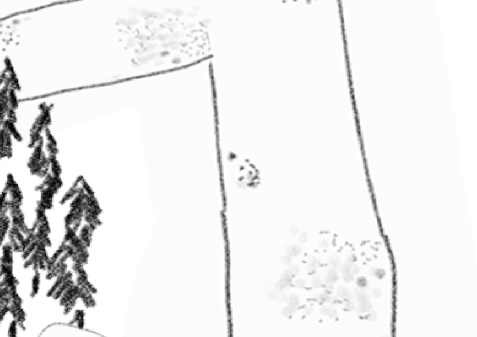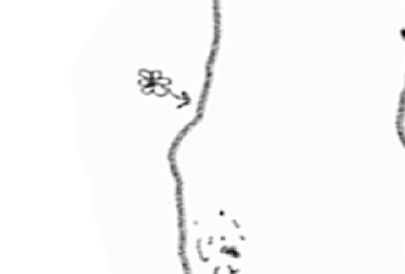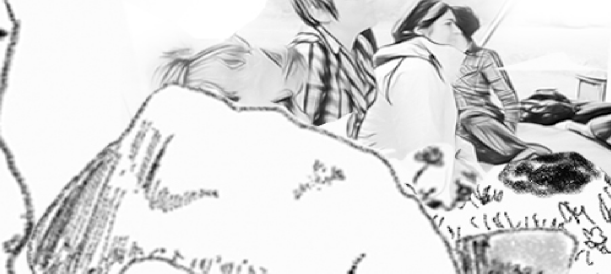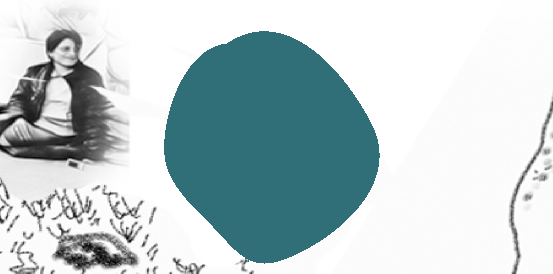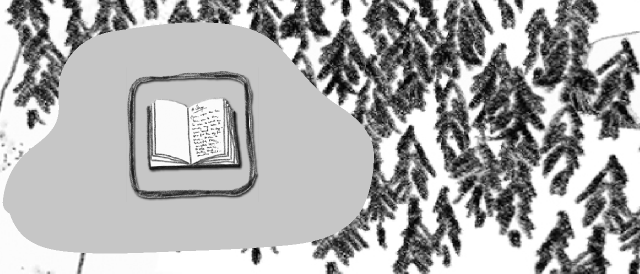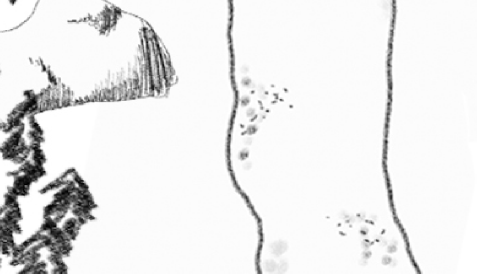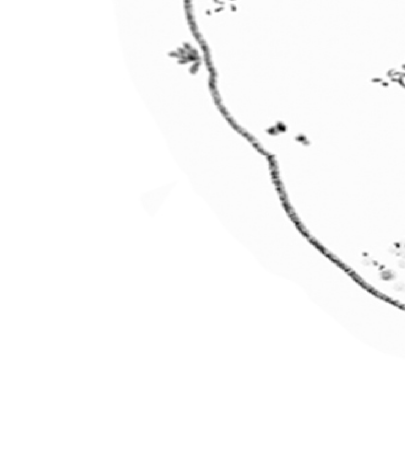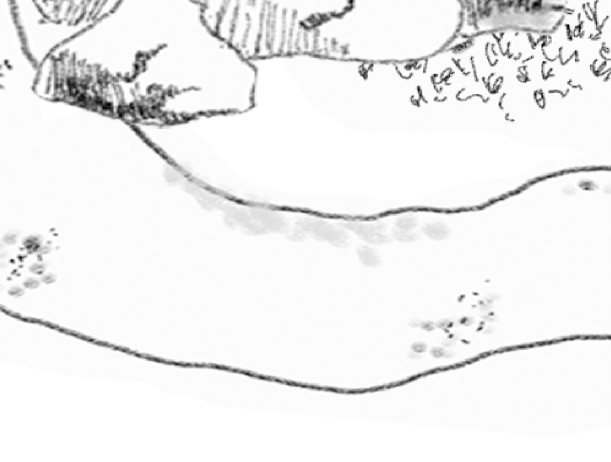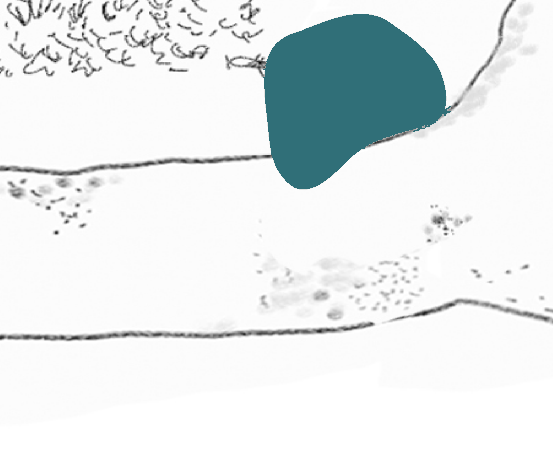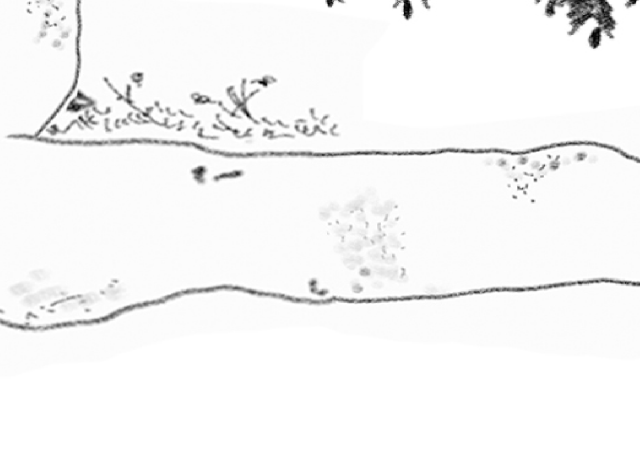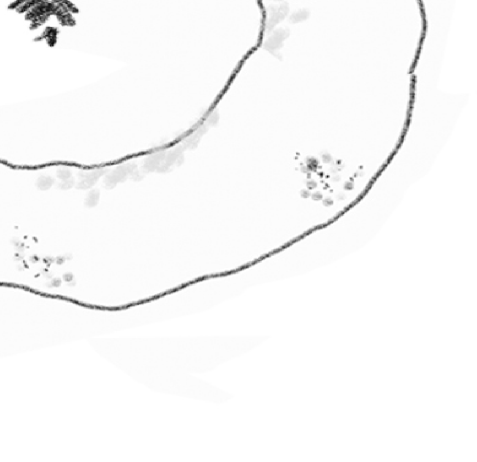Module -Storytelling
How can I use storytelling in competence oriented education?
In this part, you’ll first get some background of the model of competence acquisition and the concept of competence oriented learning. Then we will relate competence oriented learning to storytelling.
You can read about all this in more detail in the StoryComp Methodological Framework.
▾
Competences
Competences as defined by European bodies, as well as by educational experts throughout and beyond Europe, consist of three interrelated ingredients:
- a knowledge component (the understanding part),
- a behavioural component (the overt behavioural repertoire) and
- a value component (including values, beliefs and attitudes).
Competences consist of a combination of skills, knowledge, attitudes, and behaviours required for effective performance in a range of settings. A competence is defined as the holistic synthesis of these components. At another level a competence again may be divided in three components or aspects. It is the ability of a person to demonstrate:
- actions
- in a context
- at a particular level of quality.
This is the formal way of describing competences. In more down to earth language this implies that what matters is not only what persons know about things, but more important is
what they are able to do with this knowledge, and whether they are able to continue developing their abilities. Does education make learners knowledgeable, or does it make them
competent, that is the question.
The components of competence

The circle in the middle of the scheme includes the actual behaviour that shows the level of control over a particular competence. The components in the
lower quadrant of the circle (composing someone’s potential) allow a person to show the intended actions (performance) in the upper quadrant and vice versa.
In the upper quadrant the learner demonstrates his/her acquired competence. The model is drawn in a way to suggest that it turns. The needs and goals of the
learner push the learning process, while the challenges and the opportunities pull the learning process, thus creating a circular process in which experiences,
gained through action in a context at a certain level of quality, add to the knowledge, attitudes and skills of a learner, allowing for higher level action in more complex
contexts, at a higher level of quality, and so on and so on. This process may be visualised by an expansion of the red circle in the middle of the model with every turn of disc,
eventually filling the whole disc, thus synthesising all components in actual competence.
 |
 |
 |
